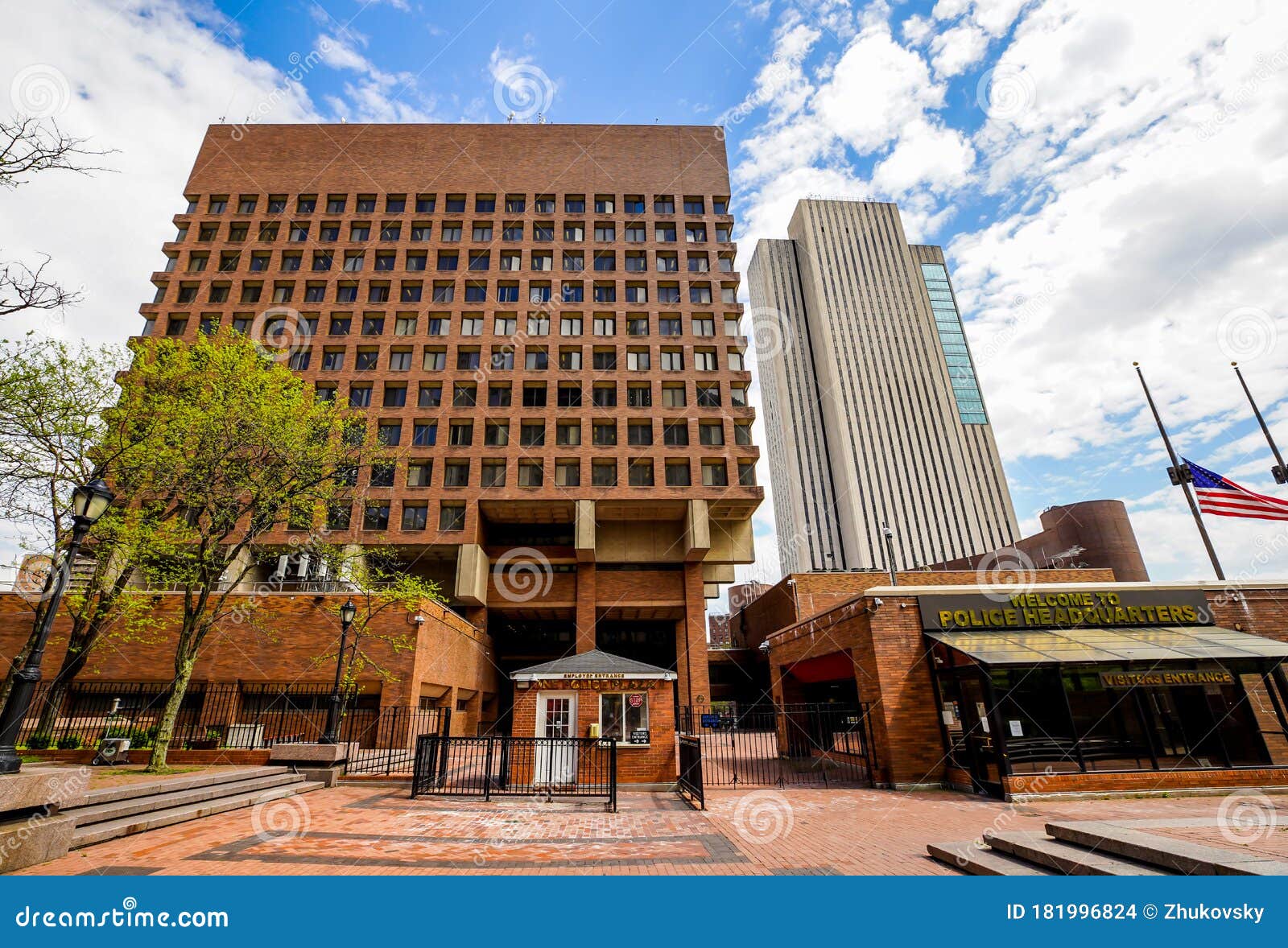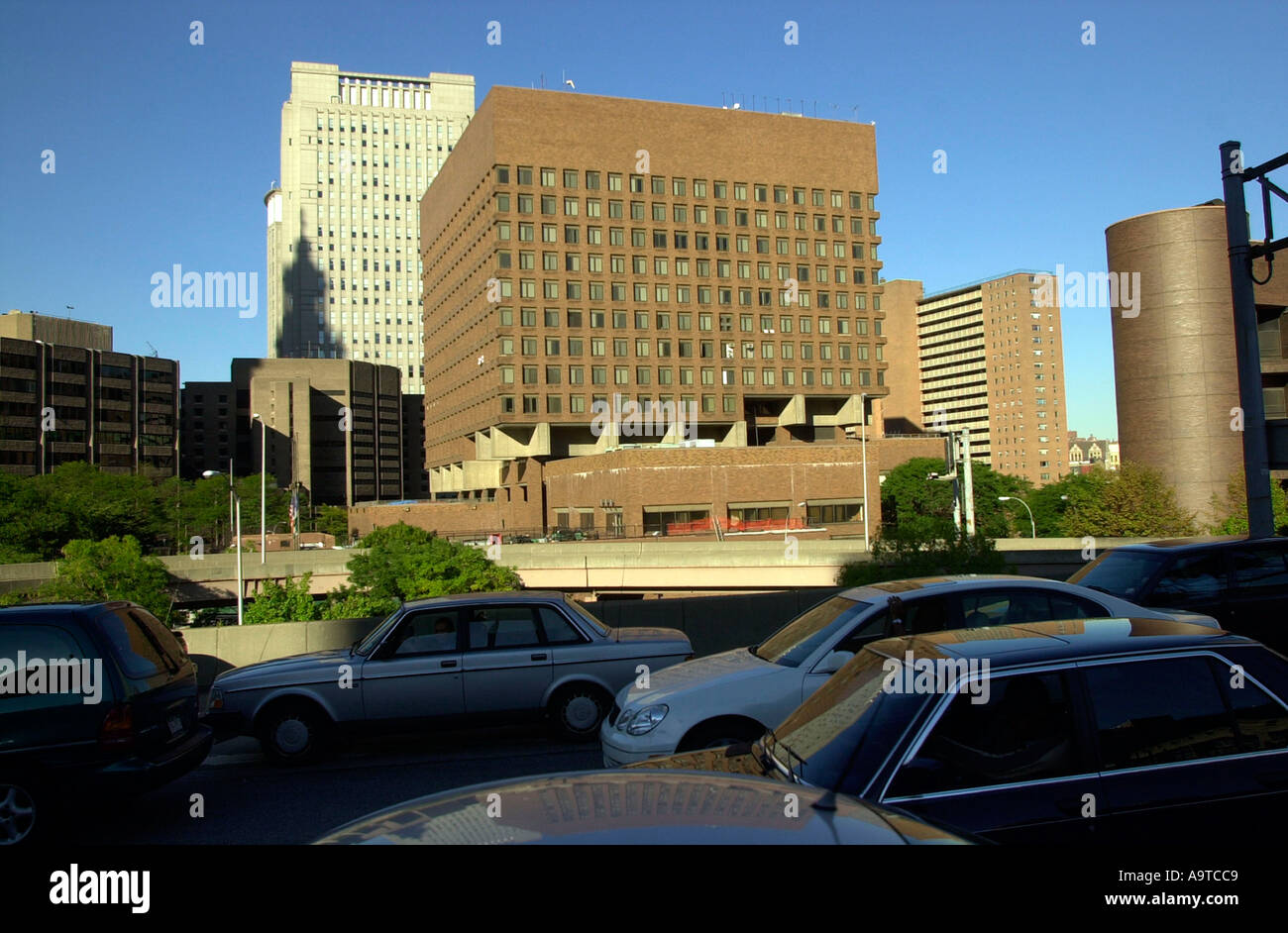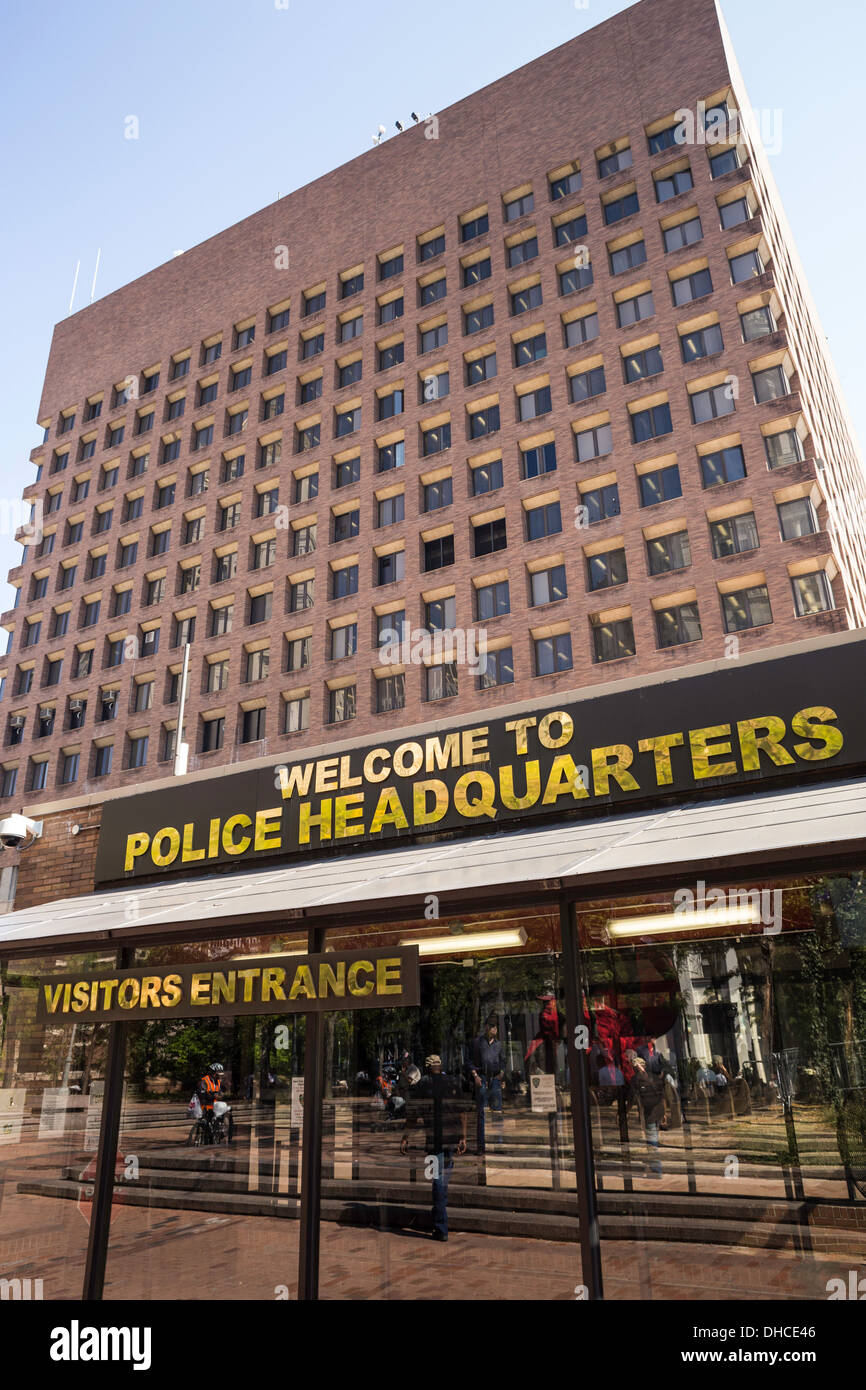Is the iconic One Police Plaza, standing proudly in the heart of New York City, merely a building, or is it a powerful symbol of law, order, and the ever-evolving narrative of urban life? One Police Plaza is far more than just an address; it's the nerve center of the New York City Police Department, a vital organ that beats in sync with the city's rhythms, influencing its safety, and shaping its destiny.
Located in the Civic Center of Manhattan, its imposing presence at the intersection of Park Row, Pearl Street, and Police Plaza, One Police Plaza is a key piece of a postwar revitalization project that redefined the area. This undertaking also gave rise to essential establishments like the Metropolitan Correctional Center, Murry Bergtraum High School, Chatham Green, and Chatham Towers, reshaping the urban landscape and fostering a sense of civic pride. The incorporation of the Transit Police on April 2, 1995, and the Housing Police on April 30, 1995, further consolidated the department's reach, ensuring comprehensive law enforcement across all boroughs of the city.
The New York City Police Department (NYPD), a criminal justice agency registered with the New York State Division of Criminal Justice Services (DCJS), stands as a testament to unwavering commitment. Its mission is multifaceted, aimed at enhancing the quality of life for all New Yorkers by working collaboratively with the community, upholding constitutional rights, enforcing the law, maintaining peace, and reducing crime. The presence of the Criminal Records Section (Verification Unit) at 1 Police Plaza, Room 303, New York, NY 10038 underscores the department's dedication to transparency and accountability.
For those seeking access to their criminal records, the process is clear. The NYPD requires that all pertinent information, especially the complaint number and the precinct of record (occurrence), be submitted. The office at 1 Police Plaza operates from Monday to Friday, 8 a.m. to 4 p.m., with processing hours from 8 a.m. to 3 p.m. To initiate an application, a $50 money order or certified check is required. Should fingerprinting be a necessity for a specific application or situation, the NYPD offers this service for a fee, ensuring a comprehensive approach to fulfilling individual requirements. It's crucial to fully understand the requirements and schedule an appointment, as only those with scheduled appointments are permitted to visit One Police Plaza.
The building at 1 Police Plaza is more than a mere headquarters; its a historical landmark. It replaced the previous NYPD headquarters at 240 Centre Street. The Police Memorial statue, now housed in the lobby, serves as a solemn tribute to officers who gave their lives in service, and the Honor Legions mission to care for the children of fallen officers is a testament to the NYPDs commitment to those who make the ultimate sacrifice.
The following table encapsulates the key information regarding the New York City Police Department and One Police Plaza, offering a clear and concise overview:
- Simp Meaning What Does Simping Mean Definition Examples
- Jackson Browne Daryl Hannah The Truth About The Allegations
| Category | Details |
|---|---|
| Address | 1 Police Plaza, New York, NY 10038 |
| Office Location | 1 Police Plaza, New York, NY 10038, in the county of New York |
| Agency Type | Police and Sheriff |
| Category | Police |
| Contact Number | (646) (Please note: The phone number is incomplete in the provided data) |
| Office Hours | Monday through Friday, 8 AM to 4 PM |
| Processing Hours | 8 AM to 3 PM |
| Criminal Records Section (Verification Unit) Address | 1 Police Plaza, Room 303, New York, NY 10038 |
| Requirements for Record Retrieval | Furnish all information, particularly complaint number and precinct of record (occurrence) |
| Application Fee | $50 money order or certified check |
| Fingerprinting Services | Available for a fee; schedule an appointment |
| Headquarters Location | One Police Plaza |
| Location Details | Located in Civic Center, Manhattan, near City Hall and the Brooklyn Bridge; borders Park Row, Pearl Street, and Police Plaza |
| Incorporated Police Departments | Transit Police (April 2, 1995), Housing Police (April 30, 1995) |
| Mission | To enhance quality of life by partnering with the community and upholding constitutional rights to enforce laws, preserve peace, and reduce crime. |
| Police Memorial Statue | Located in the lobby, it represents NYPD officers killed in the line of duty, commissioned in 1939. |
| Previous Headquarters | 240 Centre Street (approximately 1 mile away) |
| Hours/Shift | 10:00 am x 6:00 pm or 8:00 am x 4:00 pm (Note: This applies to some shifts) |
One Police Plaza stands as a crucial element in New York City's complex system. Its influence stretches far beyond just the physical building. It is the epicenter of law enforcement, the place where decisions are made, records are kept, and the mission to safeguard and serve the city is enacted daily.
The building itself is a product of the postwar era, intricately woven into the fabric of urban renewal that gave rise to the Civic Center's modern landscape. The strategic location of One Police Plaza contributed to the areas revitalization, playing a pivotal role in a larger effort to bring about positive change. The proximity to the Brooklyn Bridge and City Hall emphasizes the building's importance in the network of civic spaces.
The department's commitment to the community is further demonstrated by its openness to provide records, and the availability of services such as fingerprinting. This commitment to transparency and accessibility underscores the NYPD's goal of establishing a relationship built on trust and shared goals. The process of obtaining records reflects the structure needed to keep track of and manage complex information, and also how important each element of information really is.
The Memorial Statue, a poignant feature of One Police Plaza's lobby, serves as a constant reminder of the dangers that come with serving the city. The statue itself, designed by Attilio Piccirilli, who also sculpted the Lincoln Memorial, honors the sacrifice of those who have fallen in service. The Honor Legion's commitment to supporting the children of these heroes exemplifies the NYPD's ongoing dedication to its personnel and their families.
For those seeking directions or more details, information is readily available. One can find reviews, maps, and the address, and navigate the complexities of the city with clarity and direction. The building is an intersection of services, a hub of information, and a testament to the NYPD's influence in the city. The location is easily accessible, and the information resources are available for those seeking clarification.
Beyond the official functions, One Police Plaza has also been the setting and inspiration for creative works, mirroring its impact on the cultural consciousness. Stories that center on the NYPD often use the building as a vital part of the backdrop, focusing on the drama, struggle, and triumph that reflect the everyday reality of law enforcement. One such instance includes a fictional account of a veteran New York City police lieutenant's investigation, which revealed corruption in high places. This showcases the complexities that can arise within this kind of work.
The physical presence of One Police Plaza embodies much more than just a headquarters. It's a symbol, a place of history, and a vital point of access for the citizens and stakeholders who depend on and work with the NYPD. It is the place where the past meets the present and where the future of law enforcement in the city will continue to be formed.
The NYPD's incorporation of the Transit and Housing Police in the mid-1990s represented a significant step in fortifying its capabilities. These two entities, now seamlessly integrated into the broader organizational structure, enhanced the NYPD's capacity to serve and protect residents in diverse urban environments. Their addition solidified the NYPD's reach throughout the city, establishing its presence across all boroughs.
The meticulous procedures for accessing records highlight the NYPD's dedication to responsible governance. This process underscores how the agency guarantees that all inquiries are handled carefully and precisely. It makes it easier for those in the community to get important data while protecting the integrity of sensitive information.
One Police Plaza, therefore, is far more than just a place. It's a symbol of the NYPD's unwavering commitment to the citizens it serves. It represents the agency's continuing dedication to its ideals, as well as its role in ensuring a secure future for New York City.
Additional Information Sources for Further Research:
For those seeking further insight and context, here are some credible resources:
1. Official NYPD Website: https://www.nyc.gov/site/nypd/index.page (This provides the most accurate and current information directly from the NYPD)
- Aneta Corsaut From The Blob To Helen Crump Beyond Unveiled
- Goldie Hawn Politics Religion Career Insights


